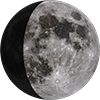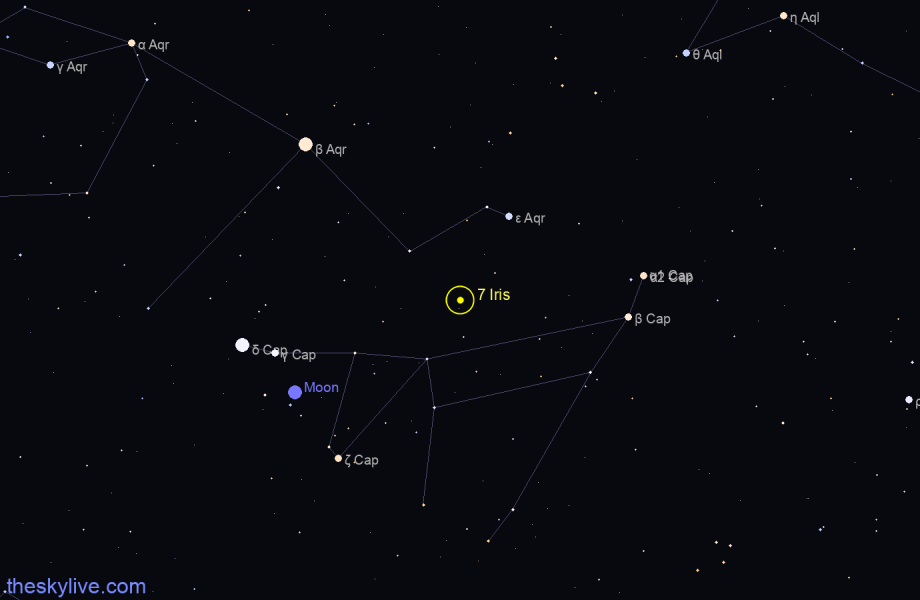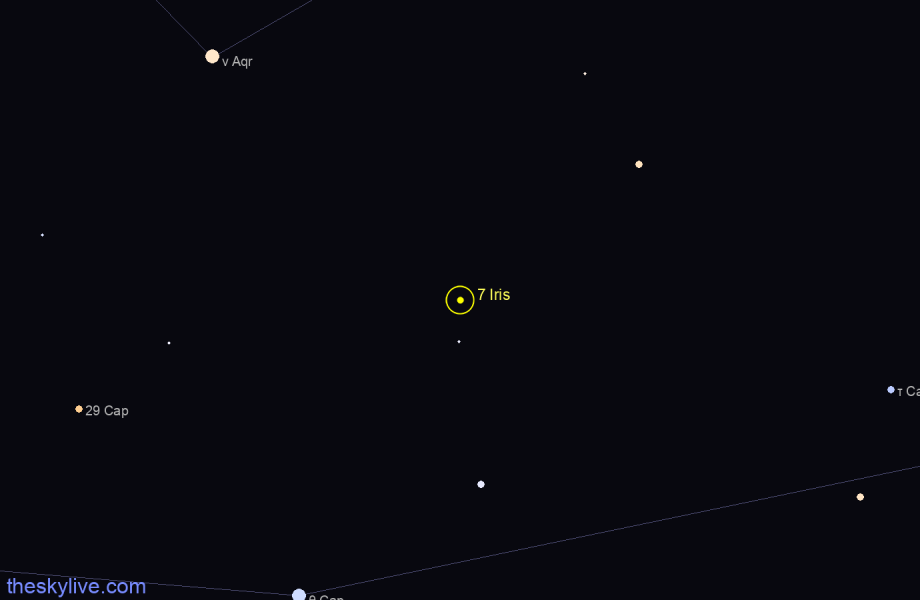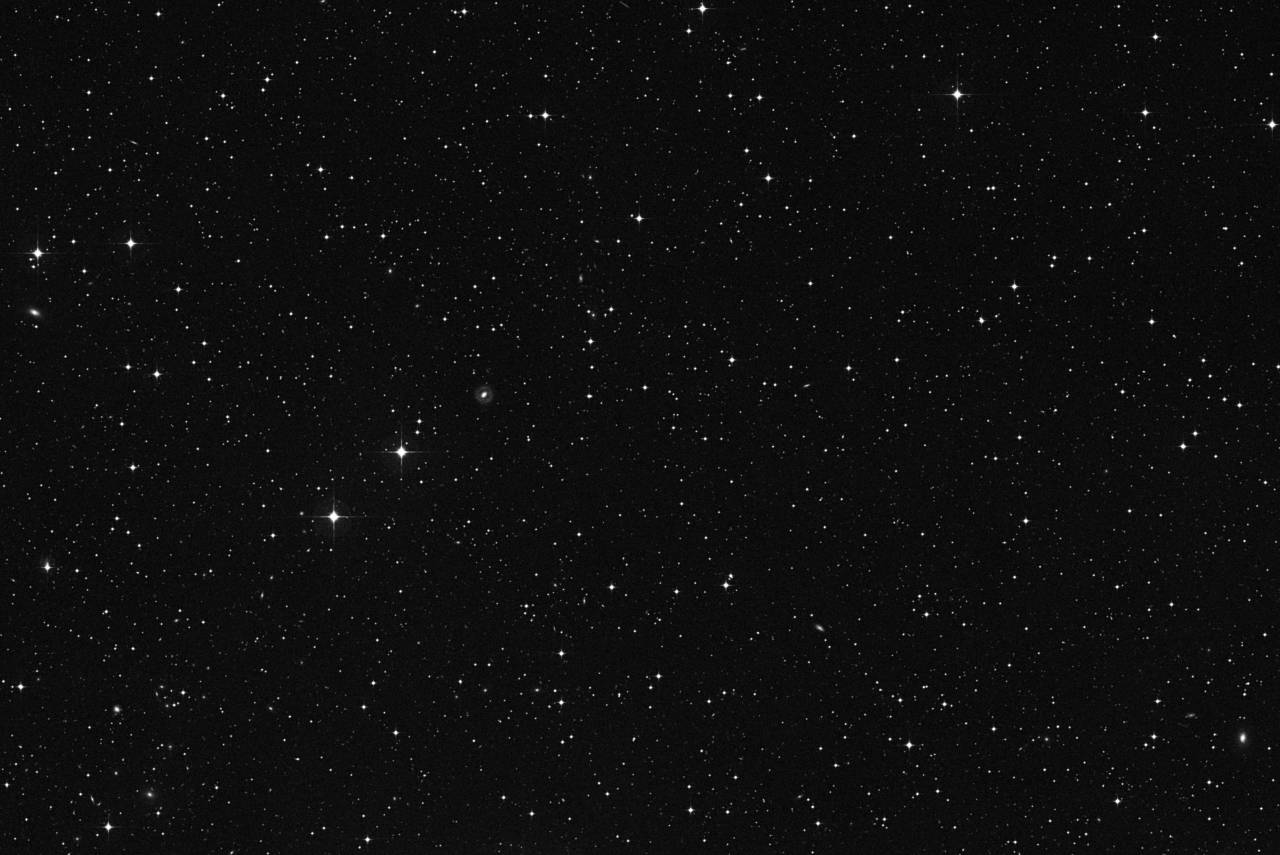Asteroid 7 Iris
7 Iris is a large main-belt asteroid located between the orbits of Mars and Jupiter. It orbits the Sun once every 3.68 Earth years. It was discovered on August 13, 1847 by John Russell Hind and is named after the Greek goddess of the rainbow. Iris has a diameter of approximately 200 kilometers and is irregularly shaped, with a rotation period of about 7.1 hours. In 2007, the European Space Agency launched the Rosetta spacecraft, which passed within 5 million kilometers of Iris and obtained detailed measurements of its surface. These observations, together with ground-based radar observations, revealed that Iris has a highly elongated shape and provided important insights into its rotational dynamics. The study of Iris and its family of asteroids has provided important insights into the formation and evolution of the asteroid belt and the early solar system.
Asteroid 7 Iris is currently in the constellation of Capricornus, at a distance of 376,269,264 kilometers from Earth.
View interactive star map
Today's rise, transit and set times of Asteroid 7 Iris from Greenwich, United Kingdom (all times relative to the local timezone Europe/London):
- 7 Iris is below the horizon from Greenwich, United Kingdom .
- Given its current magnitude, 7 Iris is visible with the help of a binocular with a 70-80mm aperture or a small telescope.
- Go to interactive sky chart
If you need to access this information frequently for your observations, you can create a simple customized Quick Access page, so that you can easily bookmark it in your browser favorites or add a shortcut to your mobile phones' home screen.
Asteroid 7 Iris Position and Finder Charts
Field of view: 10x6 degrees
View fullscreen
Higher precision deep sky finder chart, 60 arcmin wide, showing where Asteroid 7 Iris is right now. Click on the image to see a more detailed fullscreen tracker view.
Also check out Where is Asteroid 7 Iris?, a page that provides all the information needed to find Asteroid 7 Iris in the sky and additional links to sky charts.
Asteroid 7 Iris Distance from Earth
The distance of Asteroid 7 Iris from Earth is currently 376,269,264 kilometers, equivalent to 2.515205 Astronomical Units. Light takes 20 minutes and 55.0992 seconds to travel from Asteroid 7 Iris and arrive to us.
The following chart shows the distance of Asteroid 7 Iris from Earth as a function of time. In the chart the distance data is measured in Astronomical Units and sampled with an interval of 1 day.
The value of the reported distance might be somewhat inaccurate around the times of closest approach for objects passing extremely close to Earth. The value of the distance of 7 Iris from Earth is also available as a real time updated value in the Live Position and Data Tracker.
Closest Approach of Asteroid 7 Iris to Earth
Between 1 January 1900 and 31 December 2099, the closest approach of Asteroid 7 Iris to Earth happens on Sat Nov 8 1947 at a distance of 0.846460 Astronomical Units, or 126,628,540 kilometers:
NOTE: values for the closest approach are computed with a sampling interval of 1 day.
Asteroid 7 Iris Brightness and Light Curve
The following chart is the predicted light curve (visual magnitude as a function of time) of Asteroid 7 Iris, according to the most recent ephemerides data. Magnitude data is sampled with a 2 days interval and there might be inaccuracies for objects changing brightness very rapidly during the course of a few days. For comets there could be large discrepancies between the observed and predicted brightness because of their highly dynamic behaviour.
Asteroid 7 Iris Orbital Elements
The following table lists the orbital elements of Asteroid 7 Iris at epoch 24 February 2023 00:00 UTC (JD: 2460000.5). Source: JPL Small-Body Database
| Element | Symbol | Value |
|---|---|---|
| Orbit eccentricity | e | 0.22965976 |
| Orbit inclination | i | 5.51780097° |
| Perihelion distance | q | 1.83876388 AU 275,075,162 km |
| Aphelion distance | Q |
2.93513675 AU 439,090,209 km |
| Semi-major axis | a |
2.38695031 AU 357,082,685 km |
| Orbital period | period |
3.6879 years 1,346.9873 days |
| Date of perihelion transit | Tp | 2021-Jul-26 23:47:00 2,459,422.4910 JD |
| Next perihelion transit | 2025-Apr-03 23:28 2,460,769.4783 JD |
|
| Argument of perihelion | peri | 145.41271894919° |
| Longitude of the ascending node | node | 259.50440351462° |
| Mean anomaly | M | 154.48048287592° |
| Mean motion | n | 0.26726310°/day |
Visualization of Asteroid 7 Iris Orbit
This 3d orbit diagram is a feature of our 3D Solar System Simulator and shows the orbit of Asteroid 7 Iris with respect of the Sun and the orbits of the major planets. The position of Asteroid 7 Iris and the planets along their orbits in this diagram accurately represents the current configuration of the objects in the Solar System. This is an experimental feature and it requires a WebGL enabled browser. Please provide us feedback!
View Asteroid 7 Iris in the 3D Solar System Simulator
Asteroid 7 Iris Physical Data
The following shows the known values of the most important physical parameters of Asteroid 7 Iris. Source: JPL Small-Body Database
| Physical Parameter | Value | Relative to Earth |
|---|---|---|
| Diameter | 199.83 km | 0.0157 |
| Sideral Rotation | 7.1390 hours | 0.2983 |
| Absolute Magnitude | 5.51 | |
| Geometric Albedo | 0.2766 |
Asteroid 7 Iris 15 Days Ephemeris
The following table lists the ephemerides of Asteroid 7 Iris computed for the past and next 7 days, with a 24 hours interval. Click on each row of the table to locate Asteroid 7 Iris in our Online Planetarium at the chosen date.
| Date | Right AscensionR.A. | DeclinationDec. | MagnitudeMag | Constellation |
|---|---|---|---|---|
| 2024 Apr 12 | 20h 35m 04s | -16° 18’ 20” | 10.83 | Capricornus |
| 2024 Apr 13 | 20h 36m 20s | -16° 11’ 43” | 10.82 | Capricornus |
| 2024 Apr 14 | 20h 37m 36s | -16° 05’ 04” | 10.81 | Capricornus |
| 2024 Apr 15 | 20h 38m 52s | -15° 58’ 26” | 10.80 | Capricornus |
| 2024 Apr 16 | 20h 40m 05s | -15° 51’ 46” | 10.78 | Capricornus |
| 2024 Apr 17 | 20h 41m 20s | -15° 45’ 05” | 10.77 | Capricornus |
| 2024 Apr 18 | 20h 42m 33s | -15° 38’ 24” | 10.76 | Capricornus |
| 2024 Apr 19 | 20h 43m 45s | -15° 31’ 41” | 10.75 | Capricornus |
| 2024 Apr 20 | 20h 44m 57s | -15° 24’ 57” | 10.74 | Capricornus |
| 2024 Apr 21 | 20h 46m 08s | -15° 18’ 15” | 10.72 | Capricornus |
| 2024 Apr 22 | 20h 47m 17s | -15° 11’ 30” | 10.71 | Capricornus |
| 2024 Apr 23 | 20h 48m 28s | -15° 04’ 46” | 10.70 | Capricornus |
| 2024 Apr 24 | 20h 49m 36s | -14° 58’ 01” | 10.68 | Capricornus |
| 2024 Apr 25 | 20h 50m 44s | -14° 51’ 16” | 10.67 | Capricornus |





